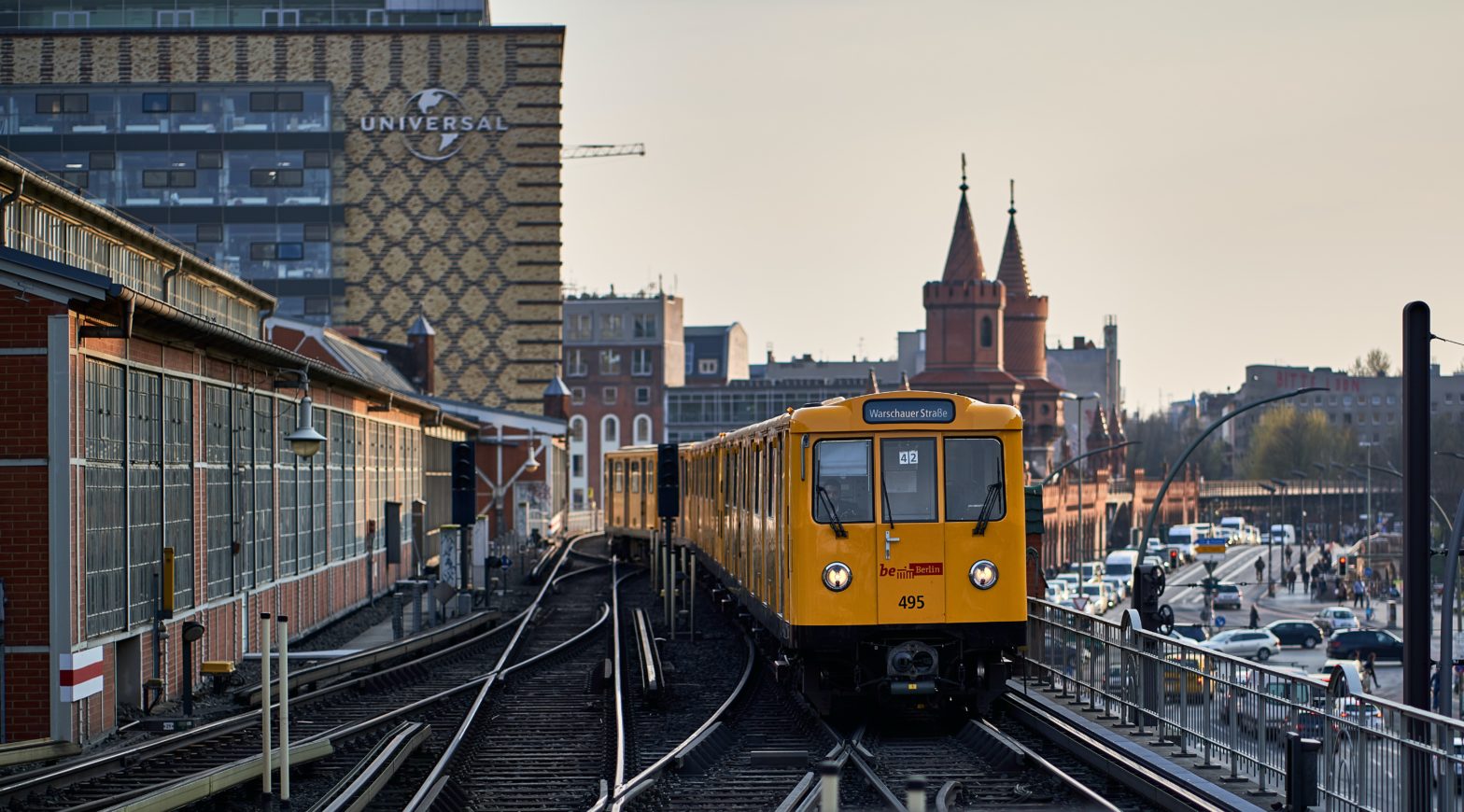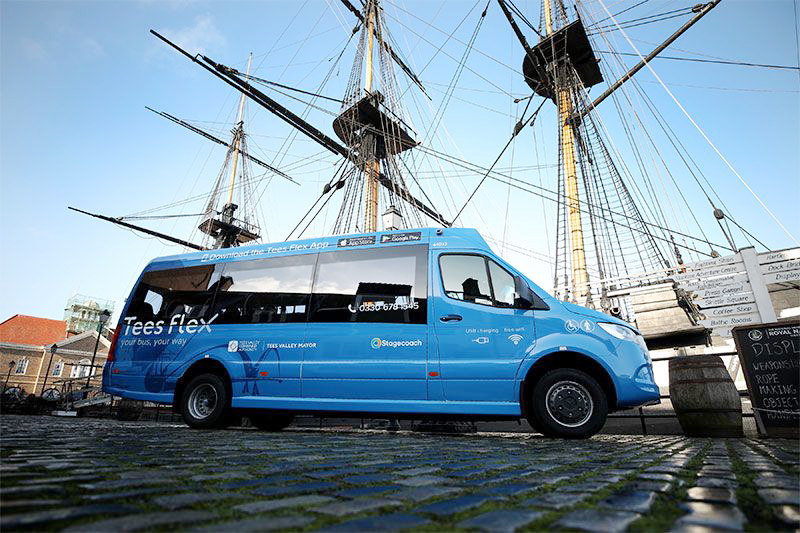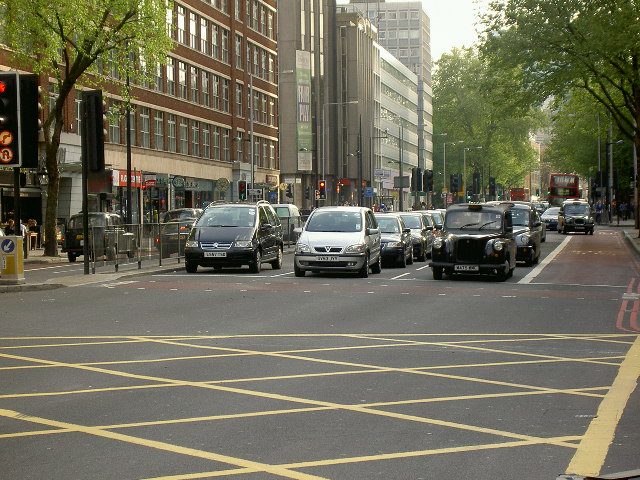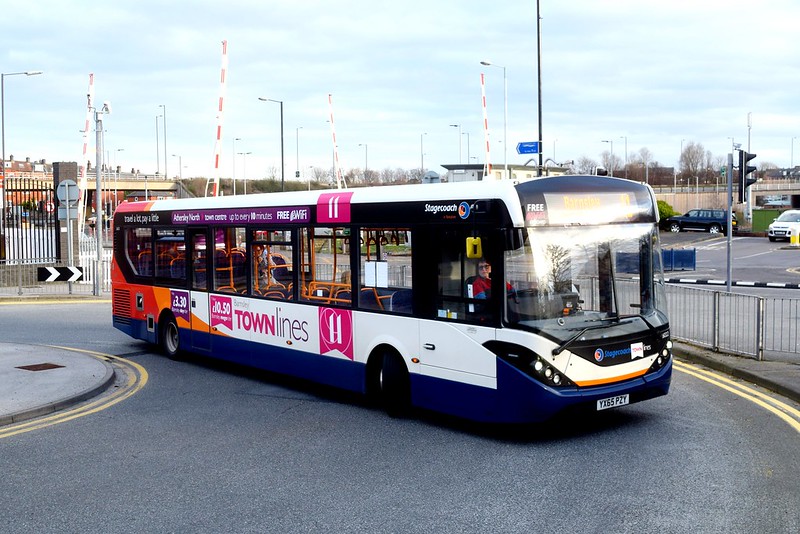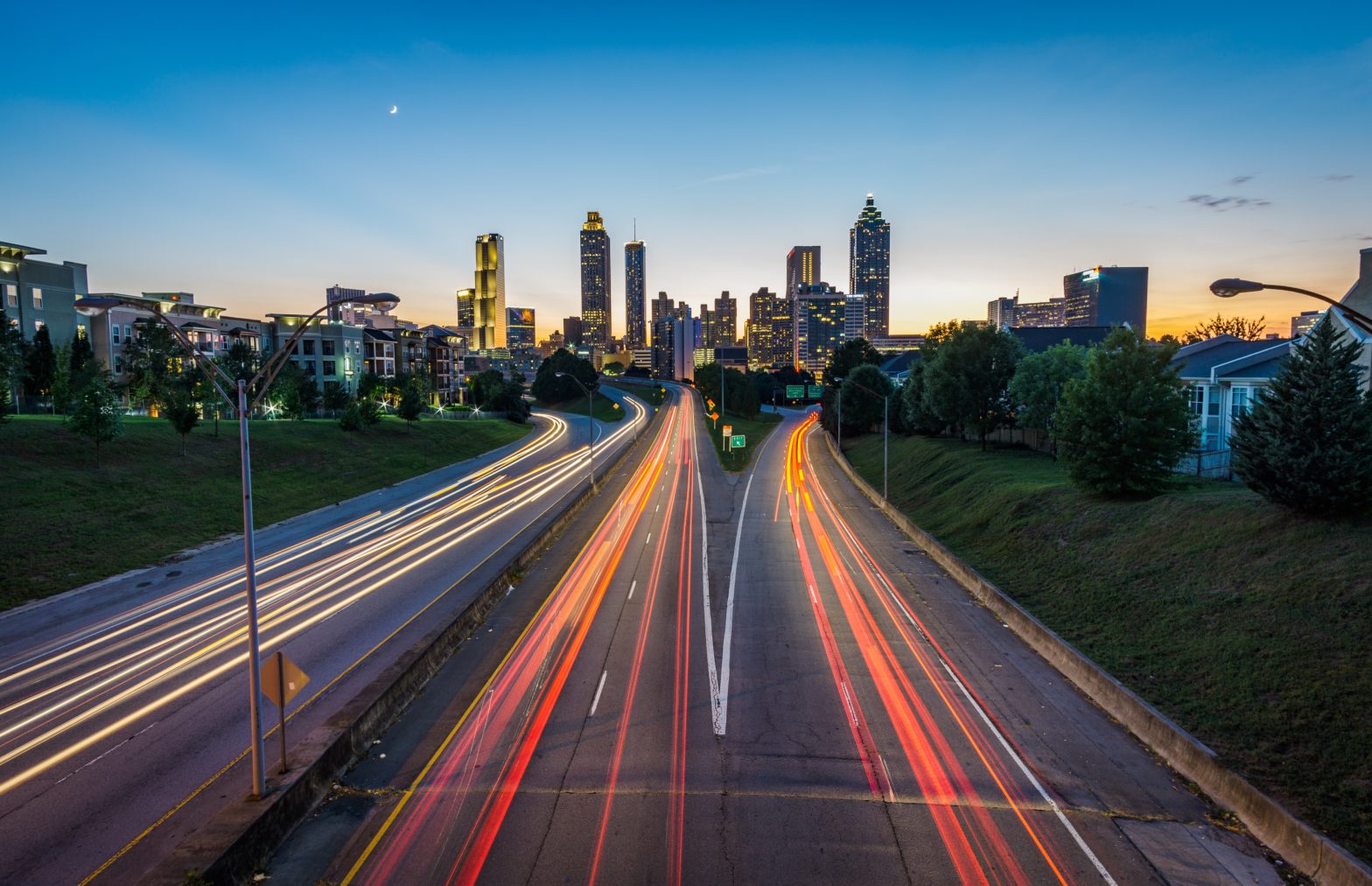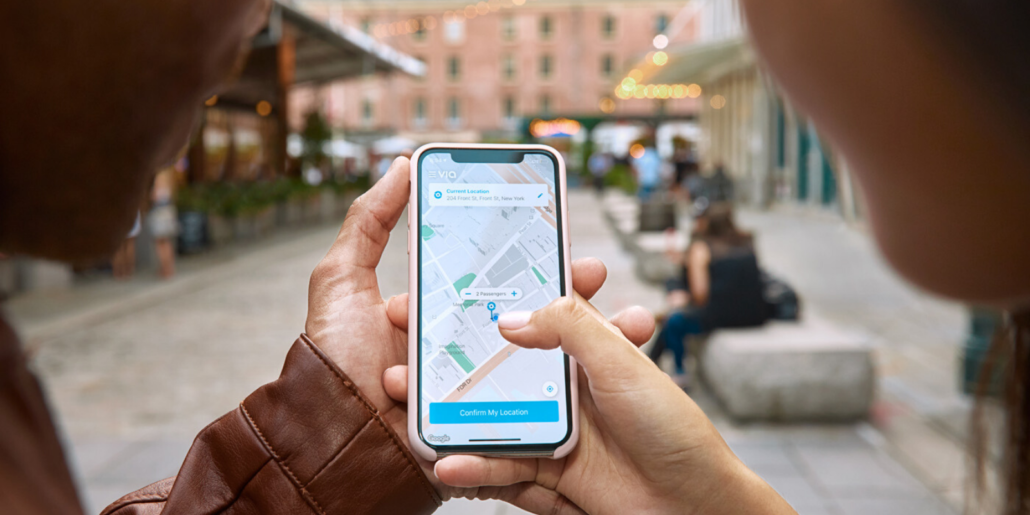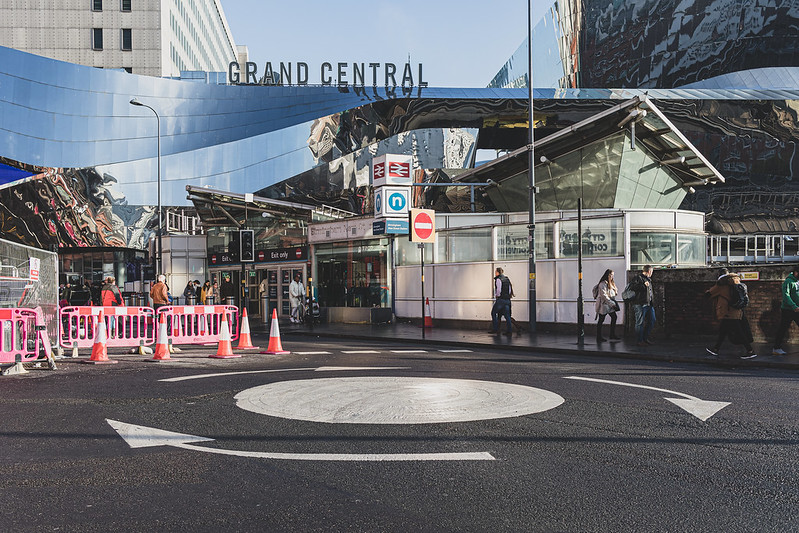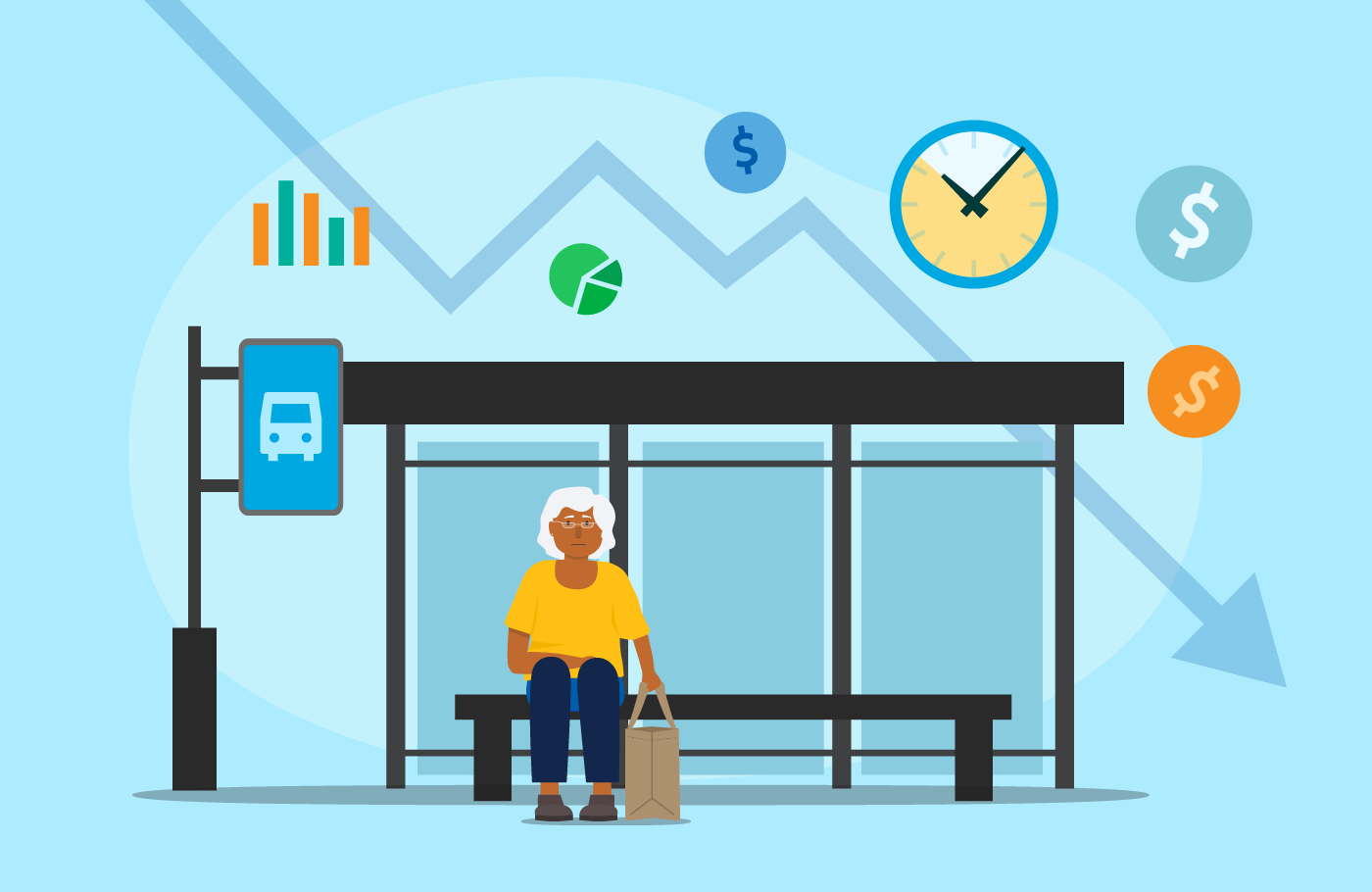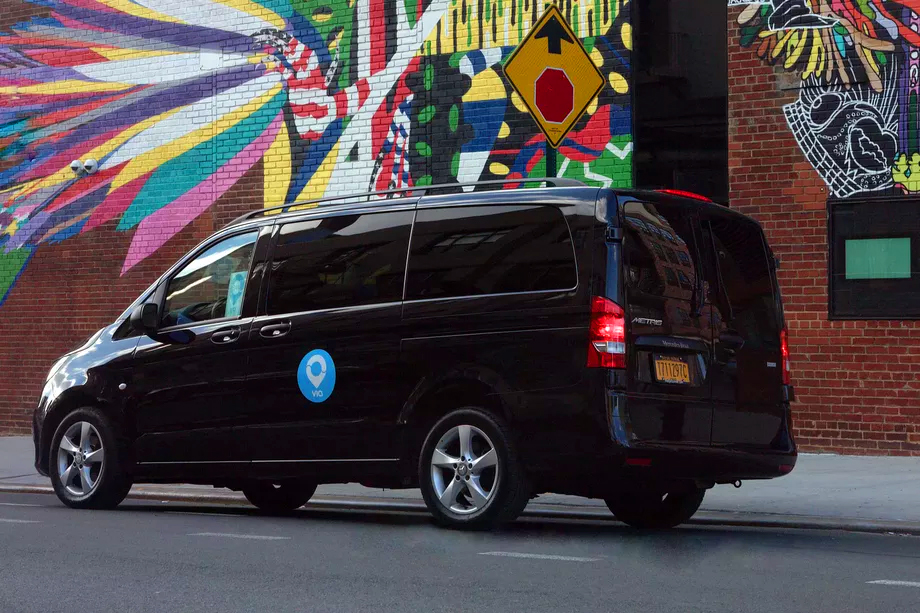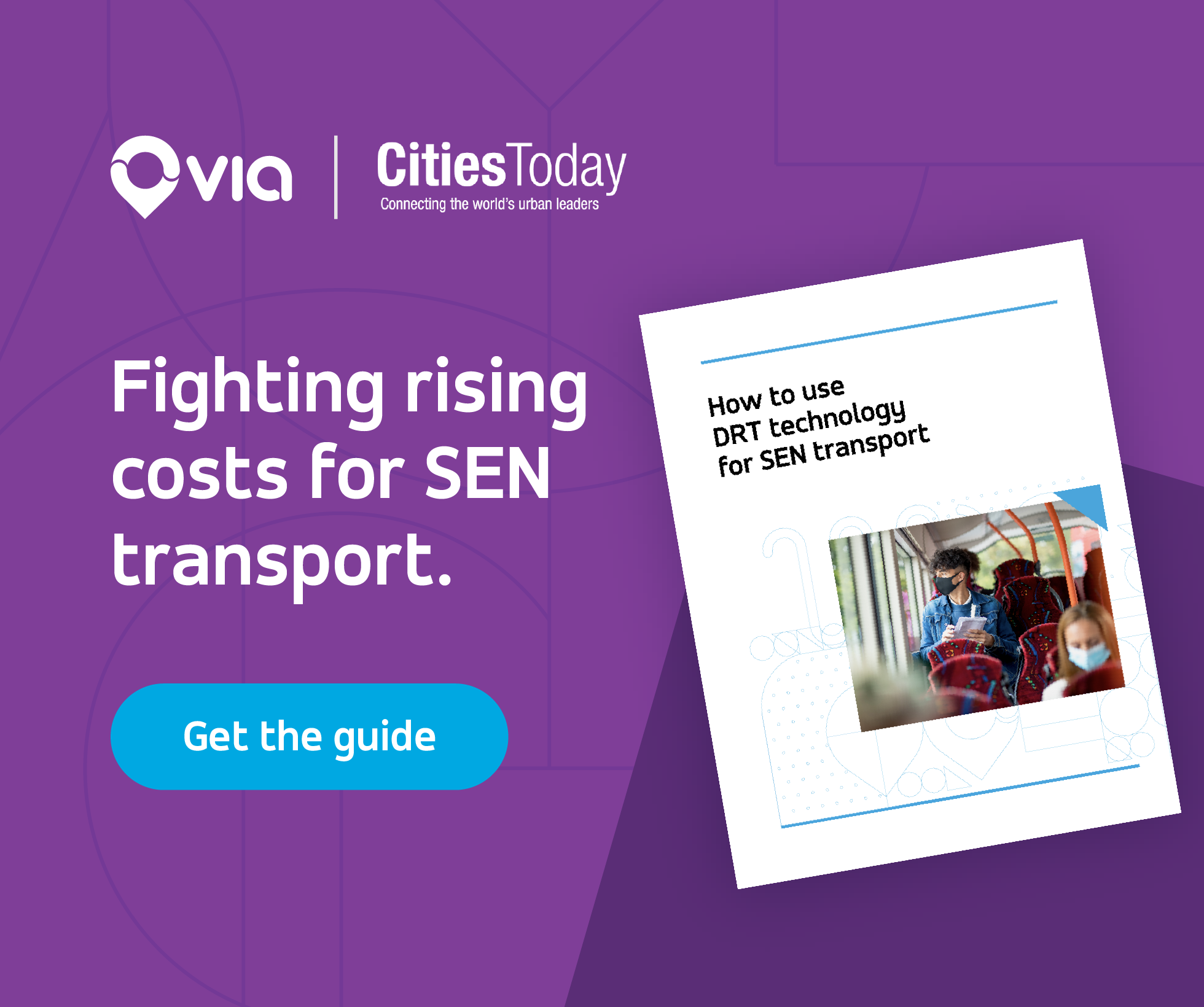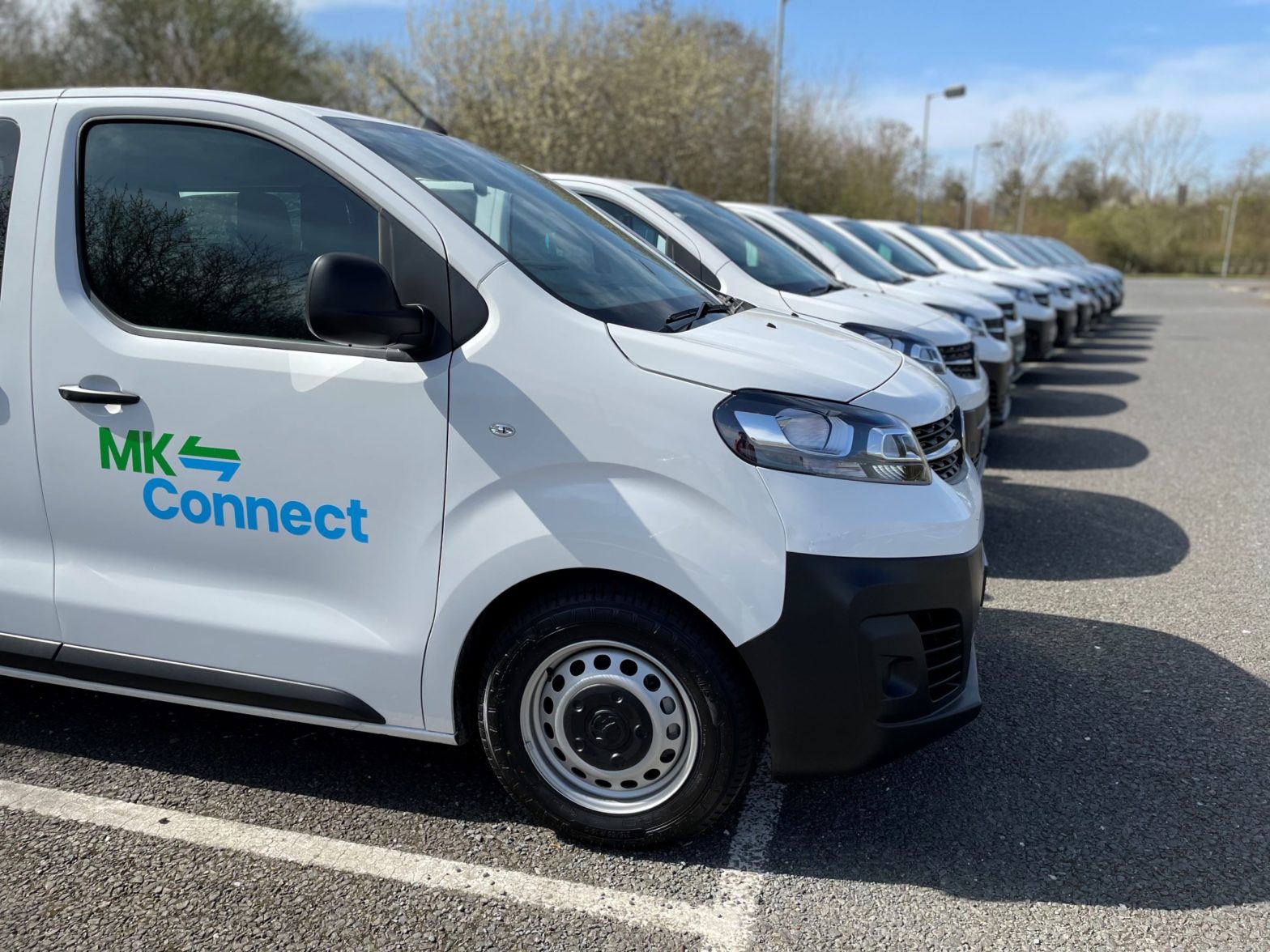
EVs are on the rise – but the real potential is in shared rides
29 July 2022
Sponsored by: Via
With the UK committing to a ban on the sale of new petrol and diesel vehicles by 2030, electric vehicles (EVs) look set to play a central role in the future of transport.
But a closer examination reveals a slew of problems, none of which are on track to being solved in the foreseeable future: a lack of reliable public charging infrastructure and a shortage of lithium-ion batteries are just some of the challenges facing the industry.
As reported in 2018 by the UN Intergovernmental Panel on Climate Change, it will not be possible to sufficiently reduce the climate impact of transportation by simply changing the way vehicles are fuelled: we need to move people out of cars into other forms of transport, and reconsider how trips are made.
This fundamental rethink of how we travel is already underway, with governments and city leaders increasingly seeing shared mobility as key.
Demand-responsive travel
In Milton Keynes – a city 50 miles north of London with 250,000 residents – the local council embarked on an audacious plan to replace its underperforming subsidised bus routes with a shared, digital demand-responsive transit (DDRT) service in April 2021.
Speaking at its launch, Cllr Jennifer Wilson-Marklew, Milton Keynes’ Cabinet member for Climate and Sustainability, said: “The new MK Connect service will be a more efficient and greener way for people to get around the city. As a non-driver and frequent bus user myself, I know that the [bus] service in Milton Keynes doesn’t work for the majority of people. MK Connect, a partnership with Via, could change that for thousands of people currently let down by routes that don’t run where or when they need them.”
The MK Connect service was integrated with the city’s remaining commercial buses to maximise existing transport resources and offer a viable model to authorities strapped for cash but still looking to level up their services. A year on from the launch of the service, passenger wait times – which were almost an hour on many of the old bus networks – had been halved and the authority is expected to save more than £1 million (US$1.2 million).
“MK Connect has proven the value of technology-enabled bus services by delivering a high quality of service for residents while providing a cost-effective solution to the challenge of offering efficient and sustainable bus services in suburban areas in the UK,” said Chris Snyder, Via’s European CEO.
How it works
The fleet of seven-seater electric vans not only offers a more efficient and greener way to get around the city, it provides commuters with even more control over when they travel. Passengers can book a journey from their phones, tablets or computers, or by calling Via’s contact centre. After placing a trip request, they are matched with a vehicle already in the vicinity and picked up and dropped off at or near their destination.
The shared service connects with other passengers going in the same direction, meaning there may be a short wait just as there would be at a bus stop. The Via algorithm determines and provides commuters with a ‘virtual bus stop’ where they can meet the vehicle – usually no more than 400 metres but on average around 200 metres. The app also follows the vehicle’s progress in real-time.
Emissions reduction
In addition to the impact on customer convenience, Via data scientists estimate that MK Connect has reduced emissions in Milton Keynes by 14 percent. Saar Golde, Via’s Chief Data Scientist, explained that the methodology was careful to take into account the mix of local transport options: “We don’t just assume that every MK Connect trip replaces a trip made by a person driving alone. We examine the local transport landscape, and then use behavioural data collected from our rider surveys to understand how a typical rider makes transport mode choices.”
Using this data, Golde’s team can determine the mode – private car travel, public transit, taxi and ride-hailing, walking or biking – likely replaced by each MK Connect trip. Then Via calculated the change in emissions-per-trip as a result of that mode shift. For example, a bike trip replaced with an on-demand trip would lead to an emissions increase, but a private car trip replaced with an on-demand trip, shared with other riders, would lead to an emissions reduction. If that on-demand trip were fulfilled by an electric vehicle, it would lead to a further emissions reduction. This analysis also takes into account a range of other factors, such as the empty miles on-demand vehicles drive in between trips and the time private vehicles spend looking for parking.
“It’s important to demonstrate that we’re operating in an environmentally responsible way,” said Snyder of Golde’s analysis. “Our mission is to make cities more livable, and that includes preserving quality of life now and for future generations.”




